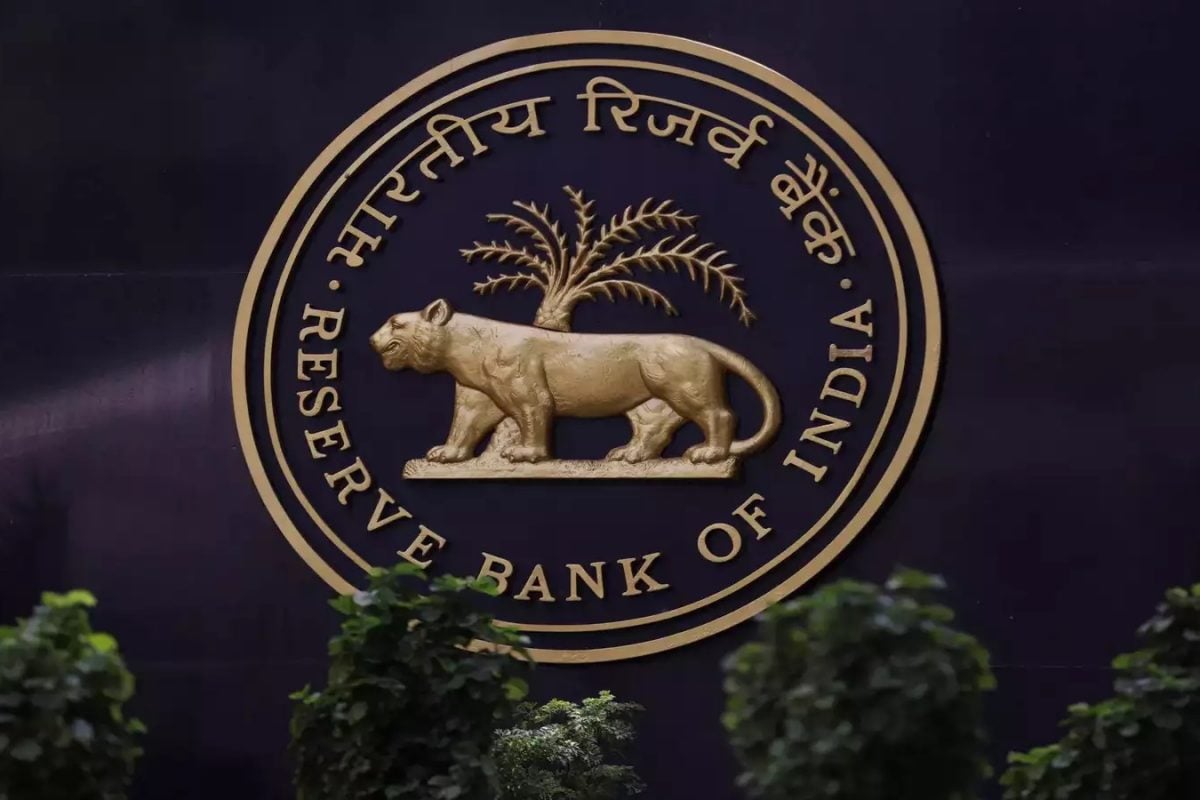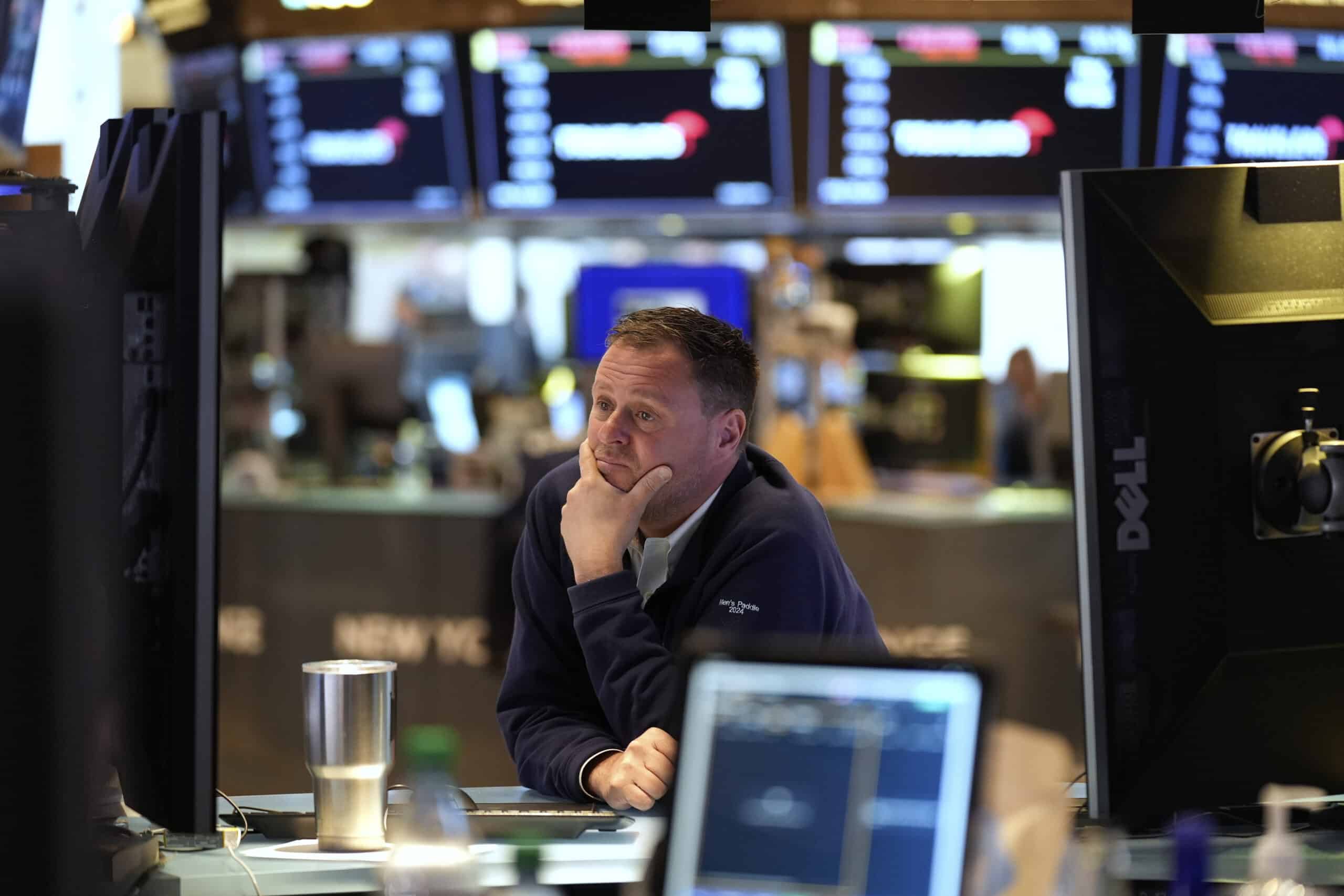Despite the 6.25% repo rate, the one-year MCLR for banks is around 9%, and Rs 5 lakh crore in short-term funding is sought at 7.40%-7.
60%. Authored By Namrata Mittal: Following Trump’s victory, markets initially saw US exceptionalism as strengthening. However, as US policies became clearer, tariffs and spending cuts dampened consumer and business confidence.

Trump’s disregard for the economic impact of these measures shook investor sentiment. Optimism around deregulation and tax cuts has shifted to concerns that his trade policies could slow US and global growth. In India, economic activity during January-February 2025 remains sluggish, despite some improvement in government spending and order inflows.
The overall pace of growth is not much better than Q3 FY25. Full-year growth for FY25 is expected to fall below 6.5%, down from 9.
2% in FY24, with Q4 growth expected to be around 6.5%, below the anticipated 7%. Key indicators like bank credit growth, GST collection, energy demand, and freight activity show moderate growth.
Corporate capex is expected to grow more slowly in FY26, with government infrastructure projects plateauing and global growth risks from tariffs. However, better agricultural income, personal income tax cuts, and resumption of construction activities should support modest consumption revival. Despite pro-growth tax cuts and spending in the 2025 budget, India remains on a path of fiscal consolidation.
Without significant global support, a strong demand boost to push India’s growth above 7% is currently lacking. Monetary Policy’s Pro-Growth Approach Given the situation, India’s pro-growth monetary policy is welcome. CPI inflation has fallen to around 4% and is expected to remain stable in FY26, supported by favourable food prices, unchanged petrol, and diesel prices, and contained core inflation.
This creates a conducive environment for the RBI to focus on growth. Monetary Easing in India India’s monetary policy has been easing recently. The shift to a neutral stance in October was followed by a 50 bps CRR reduction in December 2024 and a 25-bps repo rate cut in February 2025.
Another 25-bps repo rate cut is expected in April, with more cuts likely during this easing cycle. Liquidity Will Play A Larger Role While rate cuts may continue, liquidity measures are more pressing. Despite the 6.
25% repo rate, the one-year MCLR for banks is around 9%, and Rs 5 lakh crore in short-term funding is sought at 7.40%-7.60%.
Corporate bond spreads are elevated, and there’s a widening gap between private sector and government borrowing costs. The high credit-to-deposit ratio of 80% limits banks’ ability to pass on rate cuts and may restrict credit availability. Without sufficient durable liquidity, credit-led growth recovery would be hindered, which the RBI aims to avoid.
Currency Risks in a Rate-Cutting Cycle One area to monitor during a rate-cutting cycle is the currency. An elevated sell position in RBI’s forward book (US$ 89bn as of Feb’25) and weakness in FY26 BoP outlook could keep the rupee on a depreciation bias. In such a scenario, the RBI will need to find windows of relative stability to continue cutting rates.
RBI’s Response The RBI is relaxing capital and regulatory requirements, signalling a strong intent to ensure smooth monetary transmission and support growth. Nearly INR 8 trillion in liquidity has been injected into the system, yet the banking system remains in a liquidity deficit due to significant dollar capital outflows between October 2024 and March 2025, and seasonal currency leakage. These factors are liquidity negative, necessitating further RBI support.
The RBI has announced Rs 80,000 crore in OMO purchases for April, with additional liquidity infusion expected from RBI’s dividend transfer in May. By the end of Q1 FY26, system liquidity concerns should ease significantly. While durable liquidity is expected to be comfortable in the coming months, fluctuations in banking system liquidity could occur based on government spending patterns.
Caution remains regarding potential FX interventions due to global uncertainties, especially US trade and tariff policies. In summary, the noteworthy actions in the current easing cycle are outside the MPC day, focusing on liquidity infusion and regulatory relaxations. While the worst of the liquidity crunch may be behind us, any positive impact on credit and the economy could take a few quarters.
(The author is chief economist of SBI Mutual Fund).
Business

RBI Monetary Policy On Wednesday: Liquidity Measures To Play A Larger Role

Despite the 6.25% repo rate, the one-year MCLR for banks is around 9%, and Rs 5 lakh crore in short-term funding is sought at 7.40%-7.60%.















